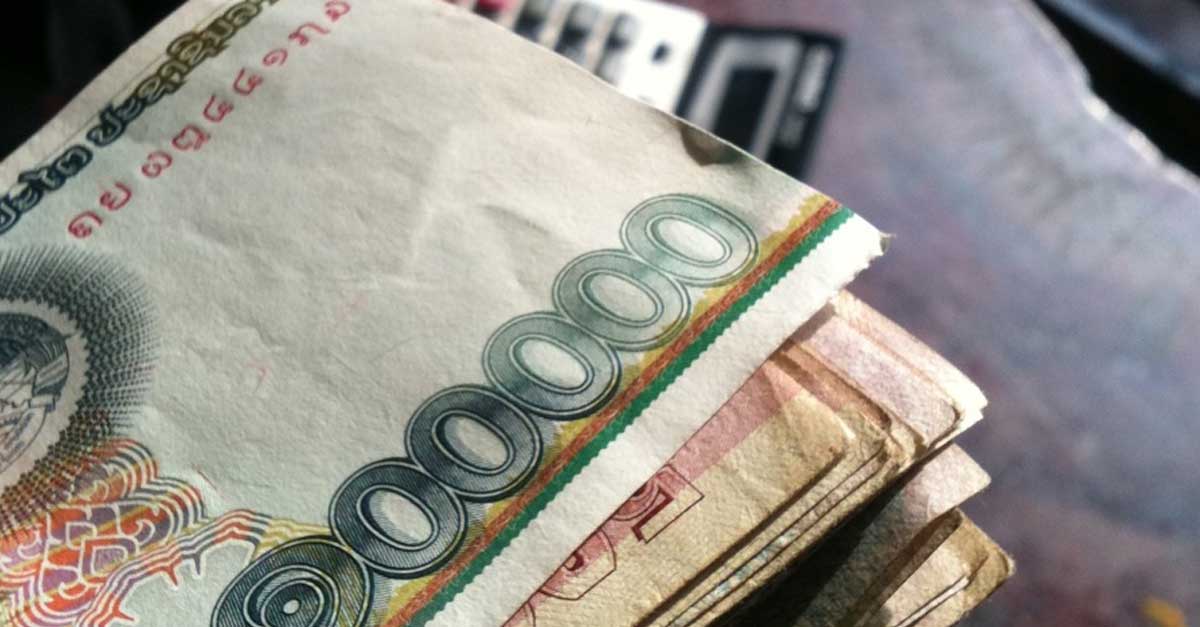Residents in Laos have begun to voice concerns about the impact of rapidly rising inflation on the cost of living.
Inflation in Laos is set to move beyond a six-year high, jumping from 6.25 percent in January to 7.3 percent in February, according to the Lao Statistics Bureau.
The rising cost of fuel and other imported goods are the main drivers of inflation in Laos, which now has one of the highest rates of inflation in Southeast Asia.
The elevated inflationary risk to the rising cost of food and petroleum products is partly caused by the Russia-Ukraine crisis, which has pushed oil prices higher and is beginning to affect food prices.
While the government had set a target of at least 4% annual GDP growth from now through 2025, year-on-year inflation has accelerated from 6.25 percent in January to 7.3 percent in February, with no indications of slowing down.
With inflation in Laos above the predicted rate of Gross Domestic Product (GDP), residents have begun to voice concerns after seven fuel price hikes and a tanking local currency.
The Lao kip’s depreciation means that businesses must pay more to purchase foreign currencies in order to import products, particularly fuels.
Official exchange rates place the Lao kip at LAK 11,600 to the US dollar, while unofficial exchange rates reached LAK 14,000 to the US dollar yesterday.
With the high cost of fuel, the cost of goods in Laos, which are mostly imported, rises along with it.
According to Vientiane Times, the consumer price index for locally made products rose by 0.4 percent month-on-month and 5.3 percent year-on-year, with meat, fruits, and vegetable prices, as well as rice, trending upward.
The government has outlined some steps it hopes to take to assist the population, cutting taxes and other fees, resulting in a small decrease in fuel pricing today.



